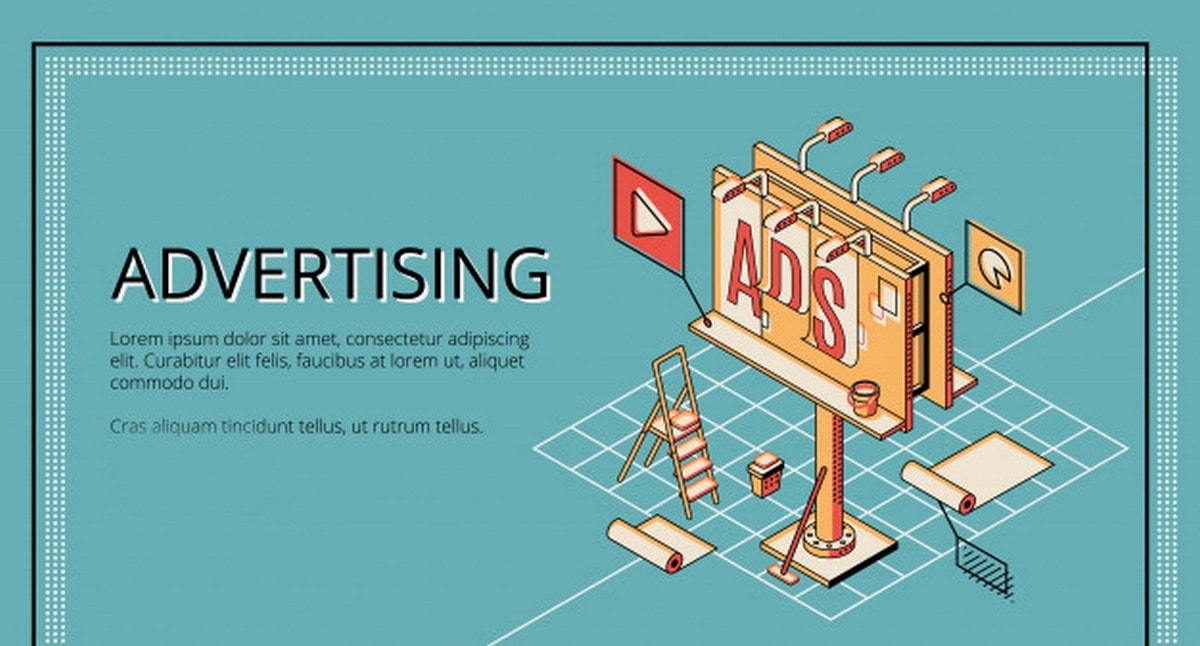Marketing Strategies for the Age of Consumer Fragmentation and the Age of Digital
Marketing Strategies for the Age of Consumer Fragmentation and the Age of Digital
The Fragmentation of the Consumer Segments and the Rise of Hyper Personalization
We live in the Age of Fragmentation where consumer markets are so niche and granular that conventional marketing strategies are ineffective.
Everywhere we look around us, we find that consumer markets are no longer monoliths or can be classified into broad Demographic, Regional, or Income based categorizations.
Further, with the emergence of the Smartphone and the Internet, it is no longer the case that consumers can be lumped together since the opportunities for customization and micro marketing have grown manifold. In other words, marketers face the unenviable task of devising marketing strategies for niche markets and where personalization, exclusivity, and hyper customization are the norm rather than the exception.
For instance, for a long time, it was though that the Rich and The Very Rich Consumer segments could be targeted with a dedicated marketing strategy.
Experiential Consumption, Aspirational Consumption, and 24/7 Media Messages
However, as can be seen from the consumer behavior and the consumer choices that these segments are making, the HNIs or the High Net worth Individuals are tending towards exclusivity and hyper personalization where the focus more on the “Experiential” aspects.
In other words, those at the very top of the Income Pyramid want to be as exclusive and as sophisticated in their consumption which means that marketers now have the additional challenge of crafting highly personal marketing strategies.
On the other hand, even the Middle and Lower ends of the Income Pyramid have fragmented. It is no longer the case that the Bottom of the Pyramid Marketing which for a long time was thought to be monolithic as far as consumer behavior is concerned stands true now.
With increasing Urban Mobility and Rural Migration, this segment has become Aspirational which is both a good and a bad thing as far as marketers are concerned.
It is good because a larger share of their disposable incomes are now spent on consumption and more so, on White Collar goods.
It is bad because Marketers can no longer lump them into one segment and expect the consumers to respond accordingly. Further, with access to 24/7 media across all mediums, these consumers are becoming more specific and more demanding as far as product quality and brand equity are concerned.
Brand Recall, Brand Equity, and Product Quality
Indeed, marketers can no longer push products without stringent quality checks to all segments and more so, the brand equity of their goods matters to the Middle and the Lower Ends of the Income Pyramid as well. what this means is that these consumer segments now exhibit brand recall and top of the mind recall for all brands instead of merely reaching out for the lowest price or what their neighborhood store stocks.
Having said that, it is also the case that as the saying goes, Old Habits Die Hard and hence, some consumer segments are still within reach for monolithic marketing strategies.
These consumer segments such as the Senior Citizens, the Middle Class in Urban areas, and the 40 some things opt for comfort level and consistency which means that they can be categorized, segmented, and targeted accordingly.
Indeed, this is some solace to the harried marketers who can rest easy on the feeling that these segments would be loyal to their brands and as long as the comfort with their brands continues, they would stick to the time tested brands.
Of course, the same cannot be said of their children who now have access to all round entertainment and global media which means that they are increasingly opting for customization and personalization wherein segmenting them into broad niches no longer holds given their choices.
Marketers, Consumers, and Symbiotic Conversation
A key aspect of the Age of Fragmentation is that there is a Symbiotic Relationship between Marketing Strategies and the Markets.
As marketers turn to technology in the form of Big Data Analytics, and AI or Artificial Intelligence powered Algorithms to target consumers, the consumers in turn become fragmented and more niche.
Thus, marketing in the Digital Age is a Highly Personalized Two Way Street wherein marketers fine tune their strategies and in turn, consumers respond by becoming more fragmented in their consumer behavior.
While in earlier times, the Conversation between the Advertisers and the Consumers was staid, in the Digital Age, with advanced technologies, the conversation and in turn, the consumer fragmentation has given rise to hyper personalization.
The main reason why consumer markets have become so fragmented is that everyone wants to stand out and be individualistic in their consumer behavior.
Moreover, they see the Rich and the Very Rich becoming more exclusive and then the rest turns aspirational as well which gives rise to the Copycat consumption patterns.
The Paradox of Technology Driven Hyper Personalization and the Personal Touch
Further, with the developing world becoming more prosperous, consumers in these countries have become more aspirational.
In addition, the Smartphone has placed Immense Power in the hands of the consumers who now are not only short attention span individuals but also, highly demanding ones who thanks to the Power of the Crowd on Social Media can make or mar the chances of brands.
This has given rise to newer forms of advertising such as Intrusive Black Ops targeting and constant attention by the marketers to the Social Media Tweet Storms and Facebook Posts.
The paradox here is that technology and personalization compete with more customization and granular marketing being driven by technology and at the same time, the need for the human touch and the personal attention becoming more important.
To conclude, the Age of Mass Marketing is over and marketers now face the Age of Consumer Fragmentation.










